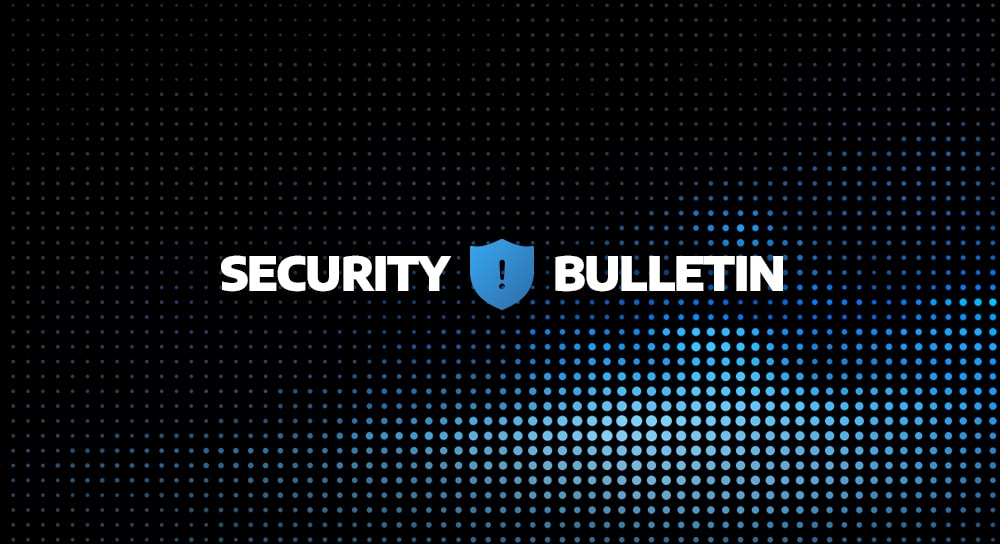For CIOs, cybersecurity is becoming an increasingly greater concern.
That’s because all it takes is one successful cyberattack to bring a company’s operations to a grinding halt. Attacks generate unwanted publicity that haunts an organization well into the future and causes customers to flee to competitors—a place where they feel their data will be better protected.
Major data breaches can also bring regulatory fines and a slew of lawsuits that can leave a company bankrupt.
The CIO’s role in cybersecurity becomes more complex and challenging by the day. Their job goes beyond defending against attacks, it involves spearheading initiatives to stay compliant with regulatory requirements and legislation.
So, where to begin? What approach should CIOs takes to ensure their company’s data and operations are as safe and protected as possible?
Seven Practices for CIOs to Effectively Manage Cybersecurity
Here are cybersecurity strategies and activities a CIO should make certain are in place:
1. Analyze Risk
The first step to undertake is to assess your existing network and systems to determine where and how your business may be attacked.
2. Monitor Around the Clock
Only with real-time 24×7 visibility into the threats you face can you secure your organization and effectively understand and communicate your current security posture.
3. See into the Cloud
Bad actors are ramping up attacks in the cloud, so CIOs must ensure that cloud applications and data are just as secure as those on-premises.

4. Engage All Stakeholders
With a comprehensive visibility and insight into existing and potential threats and vulnerabilities, CIOs can effectively engage their organization’s leadership on current and future cybersecurity strategies.
5. Keep Compliance Updated
It’s critical that the CIO ensures the organization keeps up with current compliance obligations around cybersecurity and the protection of customer and personal data.
6. Establish Effective Reporting
With threat detection and response, along with vulnerability management capabilities, CIOs can create detailed, custom reports that give themselves and other stakeholders needed insight into their organization’s cybersecurity posture at any moment in time.
7. Invest in a Security Operations Center
CIOs need to advocate for a security operations center, either in-house or as a service, which provides the needed people, processes, and technology for truly comprehensive security.
Learn More: For specific insights into these practices and key activities to undertake to ensure their success, read The CIO’s Cybersecurity Checklist.
And The Total Economic Impact™ Of Arctic Wolf Security Operations Solutions to determine whether building a security operations center in-house or utilizing a SOC-as-a-service provider is the right decision for your organization.





